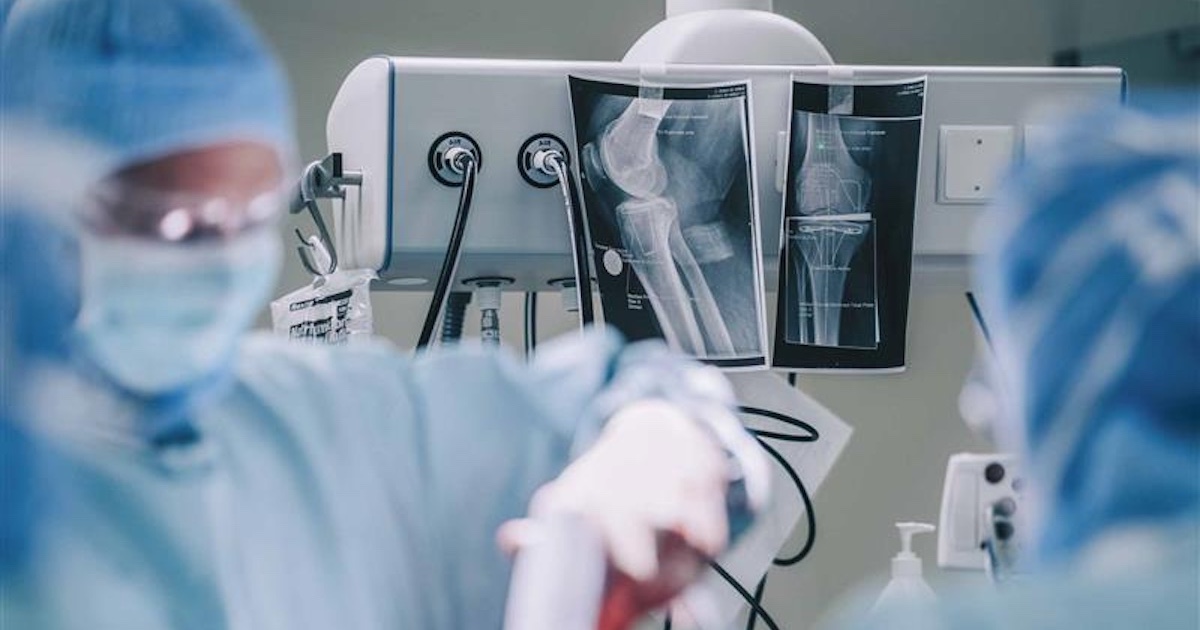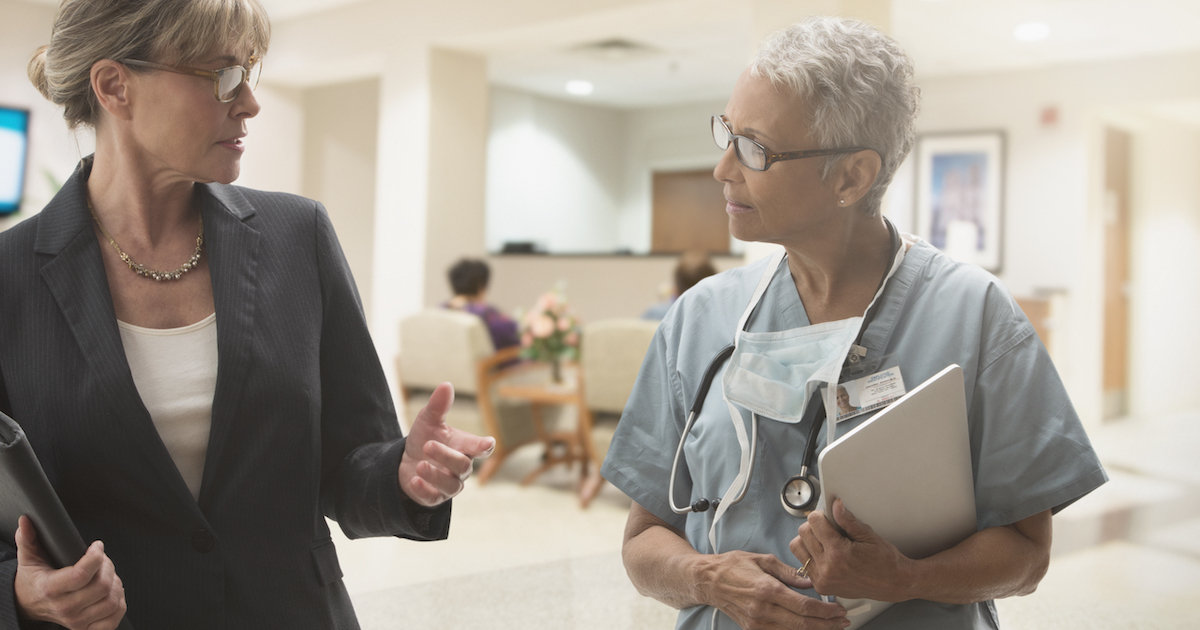Mayo Clinic is piloting a telemedicine program that aims at filling gaps in concussion care for patients in rural Arizona.
Currently a third of rural Arizona lacks access to the kind of neurological expertise found in metro areas. Bert Vargas, MD, neurologist and assistant professor of Neurology at Mayo Clinic in Arizona, said the possibility of this technology is welcome news for doctors in rural areas, especially in light of the new concussion law in the state. SB 1521, which was signed into law by the Arizona Gov. Jan Brewer in August, mandates evaluation and clearance of concussed athletes by trained healthcare providers.
Doctors at Mayo Clinic in Phoenix recently conducted a live audio-video evaluation of a 15-year-old soccer player in Show Low, Ariz., who received a concussion during a game. The teleconcussion evaluation, is believed to be among the first in the state to use telemedicine for concussions, according to officials.
“This is a lifesaving thing,” said Philip Johnson, MD, who participated in the evaluation and is the medical director and chair of emergency medicine at Summit Healthcare in Show Low. “To use this modality to reach out across the state to deal with concussions fulfills a great need. In our emergency room, I see one to three concussions a week and I send the patients out with instructions to follow up with their doctors. I know that without a neurologist in our little area here that follow-up doesn’t always happen as it should. During the evaluation with Mayo Clinic, it was really exciting to have this patient evaluated here locally, and he will be able to go back to playing soccer when he really should.”
Vargas said when a community doesn’t have ready access to providers trained in the recognition and management of concussion that can be the “perfect recipe” for concussed athletes to fall through the cracks.
“Teleconcussion can help triage patients and help identify which individuals are in need of additional workup or management,” he said. “In the case of sports-related concussions, this technology can provide rural physicians with assistance in making decisions about when athletes can safely return to play.” This pilot program is the subject of current research aimed at validating “teleconcussion” as a safe, effective tool for evaluating concussed athletes.
Vargas also said one focus of research surrounding the pilot program is to expand the vehicles for this type of consultation to “more portable” technologies such as computer tablets and smart phones.
Bart Demaerschalk, MD, neurologist, director of Mayo Clinic Teleneurology, and professor of Neurology at Mayo Clinic in Arizona, first used telemedicine technology with the stroke telemedicine program in 2007, when statistics revealed that 40 percent of residents in Arizona did not live in an area where they could access stroke expertise. Mayo Clinic was the first medical center in Arizona to do pioneering clinical research to study telemedicine as a means of serving patients with stroke in non-urban settings, and today serves as the "hub" in a network of 10 "spoke" centers, all but one in Arizona. Since the stroke program began more than 700 emergency consultations for stroke between Mayo stroke neurologists and physicians at the spoke centers have taken place.
“Teleconcussion fulfills a need in our state’s rural communities and is a very natural service–line expansion of the Mayo Clinic Telemedicine Network,” Demaerschalk said.


